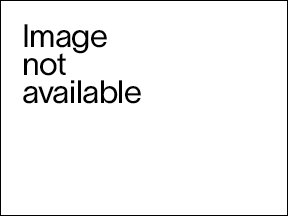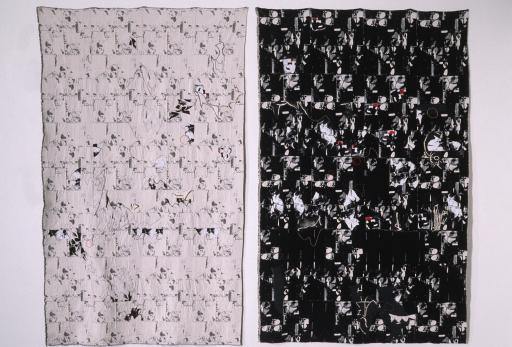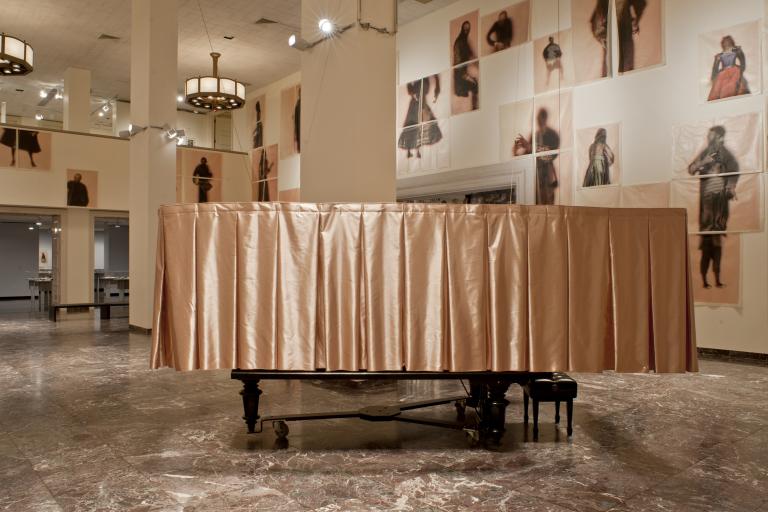Notations, Cynthia Schira
Artwork Overview

Cynthia Schira, artist
born 1934
Notations,
1995
Where object was made: United States
Material/technique: appliqué; mixed fiber; stitching; cotton; wool
Dimensions:
Object Height/Width (Height x Width): both panels together 208 x 260.4 cm
Object Height/Width (Height x Width): panel a (left) 206.5 x 128.5 cm
Object Height/Width (Height x Width): panel b (right) 204 x 131 cm
Object Height/Width (Height x Width): both panels together 208 x 260.4 cm
Object Height/Width (Height x Width): panel a (left) 206.5 x 128.5 cm
Object Height/Width (Height x Width): panel b (right) 204 x 131 cm
Credit line: Museum purchase: Peter T. Bohan Art Acquisition Fund
Accession number: 1999.0212.a,b
Not on display
If you wish to reproduce this image, please submit an image request






